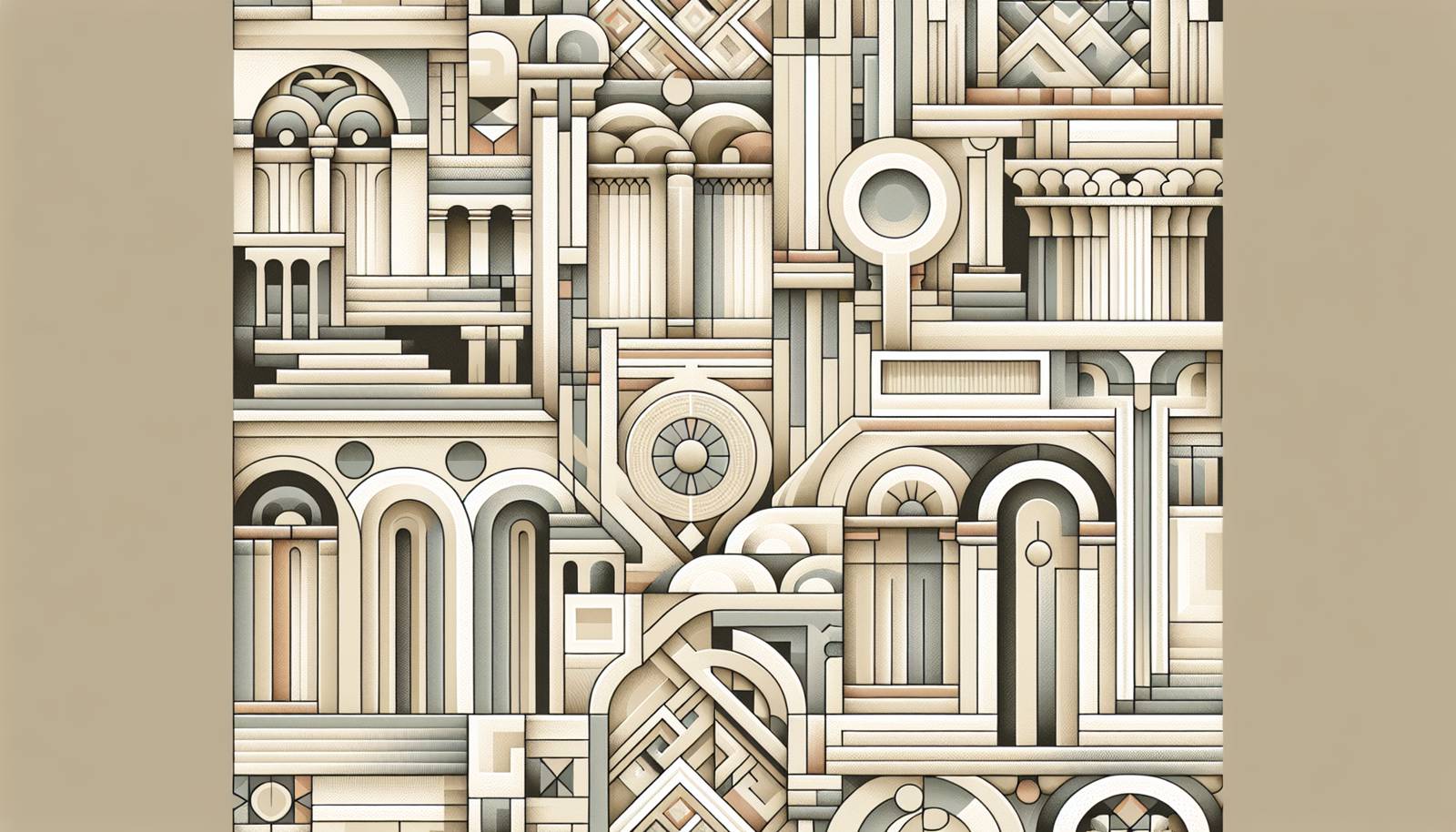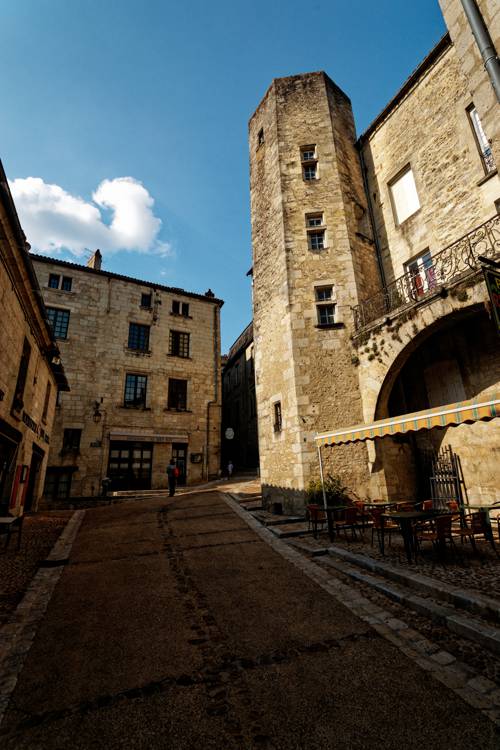
FAQ About The Influence of Renaissance Architecture on Modern Urban Planning

What are the main characteristics of Renaissance architecture?
Renaissance architecture is characterized by a revival of classical Greek and Roman design elements. Key features include symmetry, proportion, geometry, and the regularity of parts as they are demonstrated in the architecture of classical antiquity. This style often incorporates columns, arches, domes, and the use of pilasters.

How did Renaissance architecture influence modern urban planning?
Renaissance architecture influenced modern urban planning through its emphasis on symmetry, perspective, and proportionate design. These principles are evident in the layout of cities that incorporate cohesive and aesthetically pleasing spaces, providing a balance between functionality and beauty. Modern cities often incorporate these elements in their grids, the design of plazas, and the harmonious alignment of buildings.

Can you name a city that exemplifies Renaissance influence in its urban planning?
Florence, Italy is an exemplary city showcasing Renaissance influence in both its architecture and urban planning. The city's layout is based on a careful balance of form and function, with piazzas, straights streets, and the use of perspective reminiscent of Renaissance principles.

What elements of Renaissance architecture are used in modern buildings?
Modern buildings often incorporate elements such as columns, arches, domes, and the use of symmetry and proportion—hallmarks of Renaissance architecture. These elements are adapted in various forms to fit contemporary styles while maintaining the sense of balance and harmony that comes from Renaissance principles.

Why is symmetry important in both Renaissance architecture and modern city planning?
Symmetry is crucial because it contributes to aesthetic harmony and balance, elements that are both calming and pleasing to the eye. In urban planning, symmetry can also enhance navigability and the organization of space, aiding in making cities more livable and aesthetically unified.

Which modern architectural style is most influenced by Renaissance architecture?
The neoclassical architectural style is most heavily influenced by Renaissance architecture. It revives classical elements such as columns and domes, much like the Renaissance did with ancient Roman and Greek designs.

Did Renaissance architecture include sustainable building practices that influence today's planning?
While Renaissance architecture did not focus on sustainability in the modern sense, its emphasis on proportion and efficient use of space laid foundational ideas that can be seen in today’s sustainable building practices. The planning for natural light and airflow in Renaissance buildings is mirrored in contemporary green architecture.

How did the use of domes in Renaissance architecture affect modern urban designs?
Domes are a hallmark of Renaissance architecture and symbolize grandeur and openness. In modern urban design, domes are used in civic buildings like capitols and museums to create inspiring and open spaces, often serving as focal points in city landscapes.

What role does the Humanism movement of the Renaissance play in today’s urban planning?
The Humanism movement emphasized the potential value and goodness of human beings, focusing on the importance of the individual. This philosophy influences modern urban planning by prioritizing human-centered design, creating public spaces that promote community engagement and well-being.

How did Renaissance architects use perspective, and how is it applied in modern city planning?
Renaissance architects adopted linear perspective to create a sense of depth and realism in their designs. Modern city planning uses these principles to design visually appealing streetscapes that enhance the experience of city dwellers by emphasizing sightlines and vistas that draw the eye and guide movement.

What is an example of modern architecture directly inspired by Renaissance architecture?
The United States Capitol in Washington D.C. is a notable example of modern architecture inspired by Renaissance principles. It features neoclassical elements such as domes and porticoes that echo the symmetry and grandeur of Renaissance architecture.

Can Renaissance architectural principles be found in residential buildings today?
Yes, many residential buildings incorporate Renaissance architectural principles such as symmetry, classic proportions, and the use of decorative elements like cornices and pilasters. These influence designs that aim to create aesthetically pleasing and well-organized spaces.

Are there modern urban planning techniques that did not derive from the Renaissance?
Yes, there are several urban planning techniques that did not stem from the Renaissance. These include modernist approaches focusing on minimalism and functionality, as well as sustainable design practices that prioritize eco-friendliness and resource efficiency, which have more recent origins.

What is the significance of arches in both Renaissance and modern architecture?
Arches in Renaissance architecture provided structural support while allowing for grand openings and intricate designs. In modern architecture, they continue to serve as both structural and aesthetic elements, often used to create dynamic entries and pathways, symbolizing both classical heritage and contemporary innovation.

How does Renaissance architecture balance functionality with artistic expression, and how is this applied today?
Renaissance architecture balances functionality and artistic expression through the integration of proportionate designs that are both beautiful and practical, a practice that continues in modern architecture where aesthetic appeal is balanced with efficient use of space and resources.

What impact has the Renaissance had on civic buildings in contemporary cities?
Renaissance architecture has significantly influenced the design of contemporary civic buildings, which often incorporate its classical elements like symmetry, domes, and columns to convey stability, tradition, and openness, reinforcing their roles as community centers.

Do skyscrapers reflect any influence from Renaissance architecture?
While skyscrapers primarily reflect modern structural advances, they often incorporate Renaissance-inspired details such as decorative cornices and pilasters to enhance aesthetic appeal and contribute to a harmonious city skyline.

How does Renaissance city planning differ from medieval urban planning?
Renaissance city planning marked a departure from the often irregular, dense, and fortress-like layouts of medieval cities. It introduced organized street grids, open public spaces, and aesthetic considerations based on symmetry and proportion, which aimed to enhance both functionality and beauty.

How are plazas in modern cities influenced by Renaissance design?
Modern plazas owe much to Renaissance design in their emphasis on open, symmetric spaces that serve as focal points for community interaction. These spaces are designed to be welcoming and accessible, often featuring classic decorative elements like fountains and sculptures.

What is the role of proportion in Renaissance architecture and modern urban design?
Proportion is a key element in both Renaissance architecture and modern urban design, ensuring that different parts of buildings and spaces relate harmoniously to each other and to human scale. This fosters environments that are visually pleasing and well-balanced.
